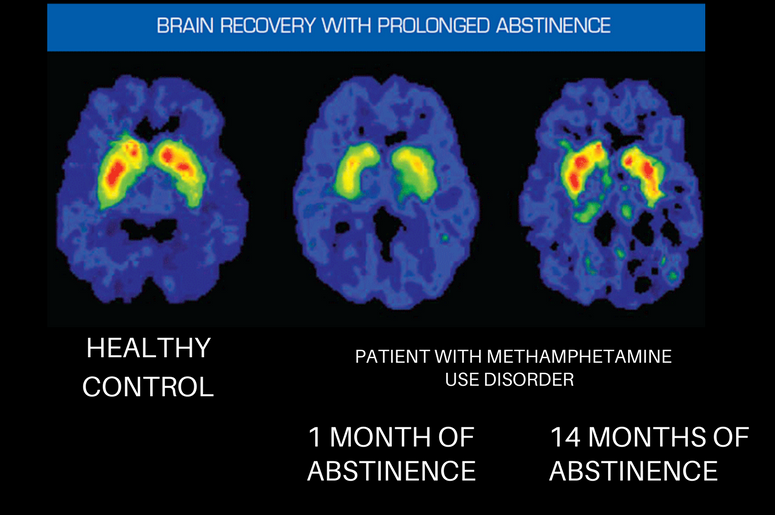Prior to you keep reading, we thought you may like to download our 3 Positive CBT Exercises totally free. These science-based exercises will provide you with a detailed insight into Favorable CBT and will provide you the tools to apply it in your treatment or training. You can download the free PDF.
A treatment strategy will include the client or customer's personal info, the diagnosis (or diagnoses, as is typically the case with mental disorder), a basic overview of the treatment prescribed, and area to measure results as the client advances through treatment. A treatment strategy does numerous things, the most essential of that include: Specifying the problem or disorder Explaining the treatment prescribed by the health/mental health professional Setting a timeline for treatment development( whether it's an unclear timeline or includes specific milestones) Determining the major treatment objectives Noting crucial turning points and goals This documentation of the most crucial elements of treatment helps the therapist and customer remain on the exact same page, supplies a chance for discussion of the treatment as planned, and can act as a suggestion and inspirational tool. While people in comparable circumstances with similar problems may have similar treatment strategies, it is essential to comprehend that each treatment plan is unique. There are often various ways to deal with the exact same issue sometimes there are lots of various paths that treatment might take! No two treatment plans will be exactly the exact same, because no two people's click here to read experiences are precisely the very same. As kept in mind earlier, all treatment strategies are different they are unique items of the conversations in between a therapist and customer, the therapist's scientific knowledge, and the client's shared experience. Even in identical medical diagnoses in comparable people, differences are bound to manifest in any or all of the following components: History and Demographics client's psychosocial history, history of the symptoms, any past treatment information Assessment/Diagnosis the therapist or clinician's diagnosis of the customer's psychological health issues, and any previous medical diagnoses will also be noted Presenting Concerns the problems or symptoms that initially brought the client in Treatment Agreement the contract in between the therapist and customer that sums up the goals of treatment Duty an area on who is accountable for which parts of treatment (client will be responsible for many, the therapist for others )Strengths the strengths and resources the client gives treatment( can consist of household assistance, character strengths, material support, etc.) Treatment Goals the" building blocks" of the plan, which ought to be specific, reasonable, personalized for the customer, and measurable Goals goals are the bigger, more broad results the therapist and customer are working for, while numerous goals comprise each goal; they are small, achievable steps that make up a goal Modality, Frequency, and Targets different modalities http://codyqjyp466.trexgame.net/how-what-does-cs-stand-for-in-clinical-director-addiction-treatment-can-save-you-time-stress-and-money are often applied to different goals, requiring a plan that sets modalities, a frequency of sessions, expected completion date, etc., with the respective goal Interventions the methods, exercises, interventions, and so on, that will be used in order to pursue each goal Progress/Outcomes our website a good treatment strategy need to include space for tracking development towards goals and objectives( Excellent Treatment, 2016) The therapist and customer will interact to get this information down on paper, with the therapist contributing his or her proficiency in treatments and treatment outcomes, and the client contributing competence in his/her own life and experiences. These advantages include: Treatment strategies provide a guide to treatment for both the therapist and customer. Treatment plans can decrease the threat of scams, waste, abuse, and the possible to trigger unintended damage to clients. Treatment strategies facilitate easy and efficient billing because all services rendered are documented. Treatment plans can assist smooth any possible bumps in treatment, particularly if a customer requires a kind of treatment the main therapist can not provide( e.g., a specific type of intervention or a prescription for medication) or must see a brand-new therapist for some other factor (e.g., if the client or therapist has moved, or the therapist is on extended leave, Great Treatment, 2016). Treatment plans are not always needed to offer or get effective treatment, however they can be exceptionally useful in helping with a smooth and hassle-free treatment experience. Goals and goals will differ tremendously from a single person to the next, especially those facing extremely different problems. If you or your client is devoted to alter but isn't rather sure where to start, this link of possible objectives can spark a beneficial conversation about where to go from here. For circumstances, a common goal for those having problem with drug abuse might be to quit utilizing their drug of choice or alcohol, while a patient dealing with depression may set a goal to lower their self-destructive ideas. In general, these goals need to be.


realistic they ought to be sensible, given the client's general experience and expects the future (what is the treatment for cocaine addiction). For example, an objective for a private with extreme stress and anxiety might be to take 10 steps outside their front door. The next objective may be to make it to the area market, or up to 30 steps outside their front door. Satisfying each objective will eventually lead you to meet the goal.